Alberta-Saskatchewan
When our relatives from Scotland visited a few years ago, we were driving from Millarville to Saskatoon. We were a few hours into the journey and we hadn’t passed a town for miles. I noticed Derek taking a long look at an isolated farmhouse far off to the left. He turned to me and asked,
“Where do they buy their milk?”
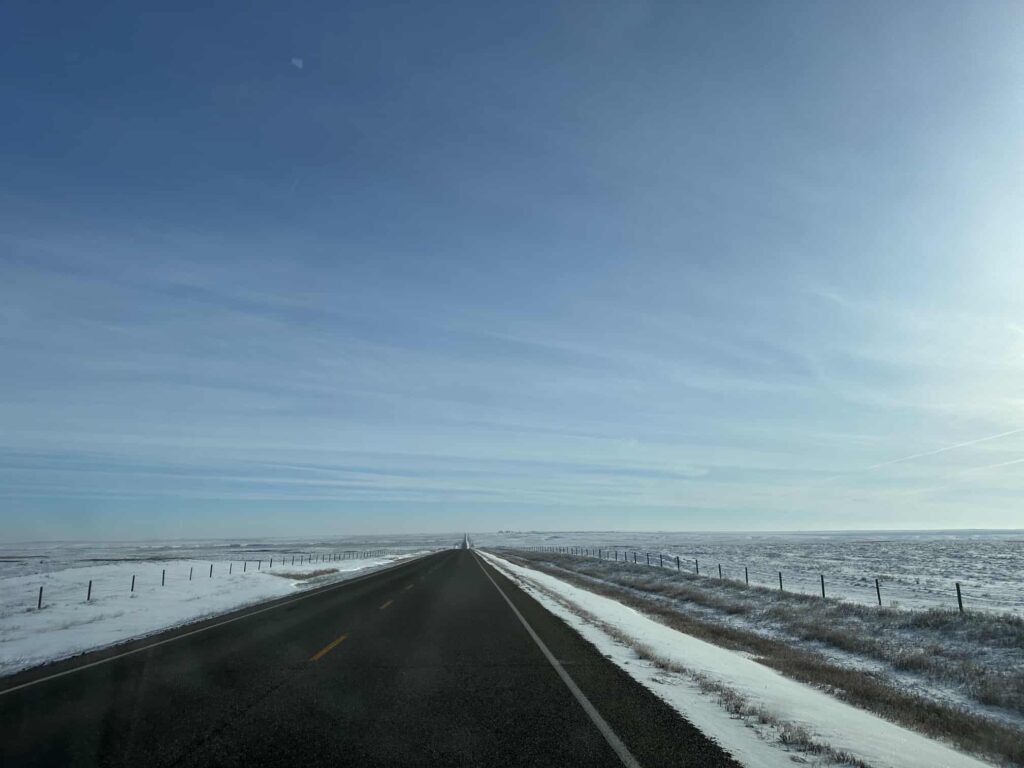
It is a valid question. Those of us who live on the prairies sometimes lose track of just how vast this country is. Out here in the great mid-continent expanse, convenience stores aren’t always convenient.
Val and Glen invited our sibling group to their cabin[1] at Candle Lake, SK for the weekend. It is a 9-hour drive for us each way, only 6 ½ for Brad and Kevin, but Brad is going via Swift Current, so that adds another 3 hours. Round trip, the four of us will log about 55 hours of travel time to get together this weekend. Not much, if you say it fast.
[1] In Ontario and the Maritimes, it is a “Cottage”, in Quebec it is a “Chalet”, in Northern Ontario they call it a “Camp”, in Manitoba it is “The Lake”, but in Western Canada we call it a “Cabin”.
I love the journey. Bear does a lot of the driving, so I get to observe all the attractions along the route.
Driving to Saskatchewan in January is not for wimps. The temperature bottomed out in the minus 40s last week (which is about -1000 with the wind chill). The forecast predicted lows of a comparatively balmy -25 for this weekend.
Val, hiking at -1000°
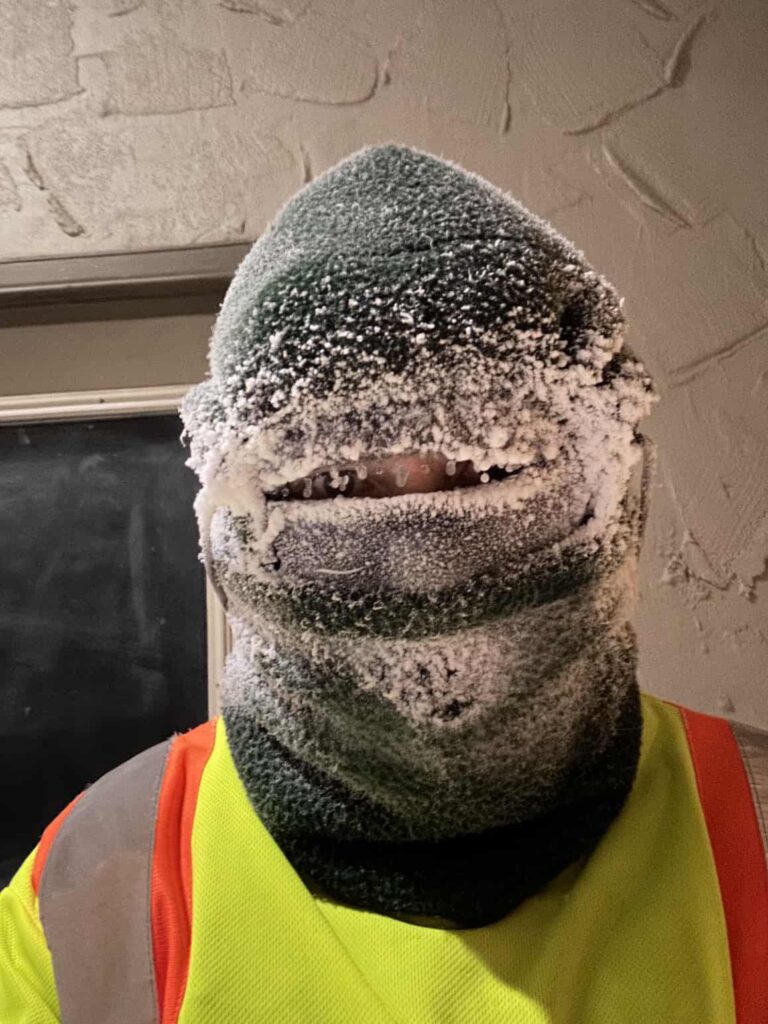
We packed a heavy-duty survival kit, just in case…:
- Two snowmobile suits.
- Kodiak boots.
- Battery operated socks (not kidding).
- Mitts big enough to catch softballs.
- Toques, and a fur hat, like the Mounties used to wear.
- Bottled water (aka “ice”)
- Candles and matches.
- Blankets
Bear made muffins and her world-famous chocolate fudge for the relatives. We anticipated that we could survive on the food supply for several days if we experienced a winter storm-stay, and I was secretly hoping we would.
Our first and only stop along the way was the Bassano Roadside Grill for breakfast (it’s better than it sounds).
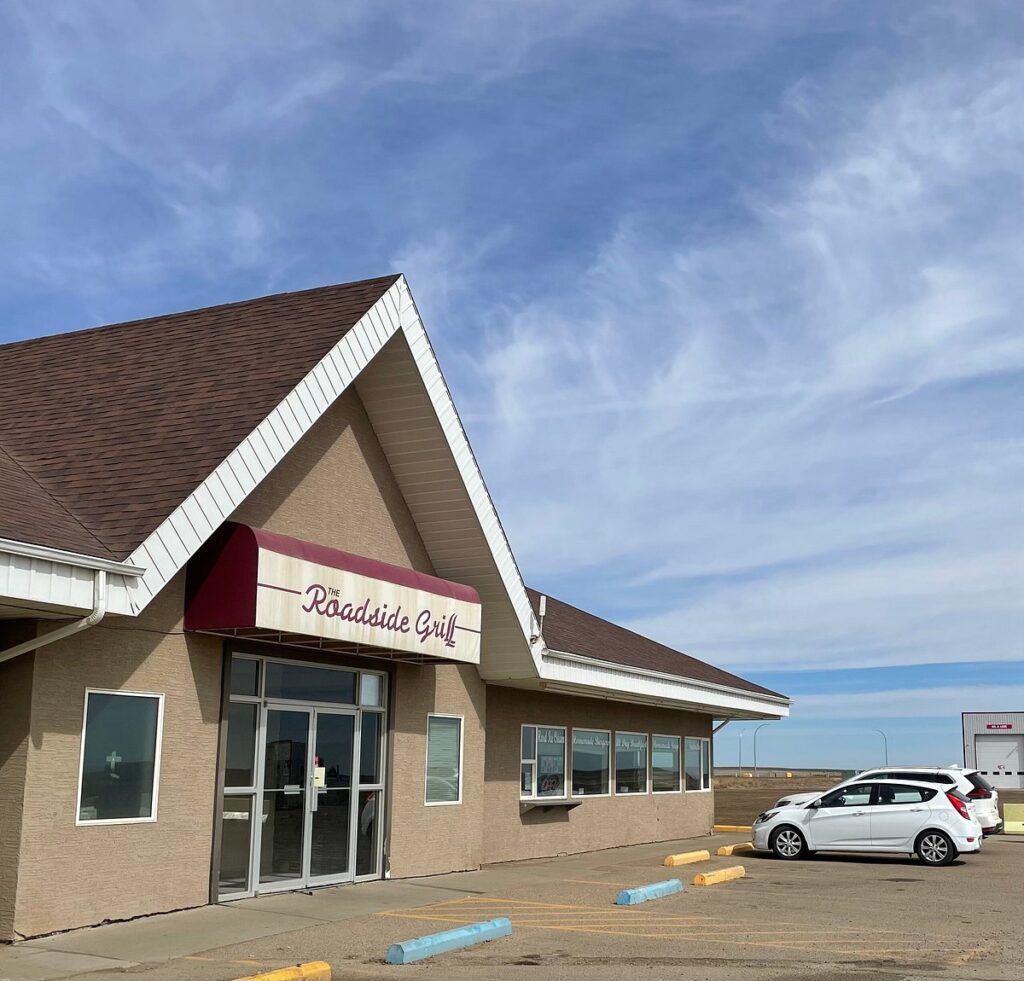
I can’t visit a truck stop without this song rolling through my head.
Truck Stop Shower – Smooth Hound Smith
Fortunately, we both had a shower before we left home, so there was no need for truck stop bathing.
After we left #1 Highway at Bassano, we passed through Not Too Much, then Cereal, Oyen, and Alsask. The Italian sounding town of Marengo went careening by on the Saskatchewan side.
A little further along Highway 7 there are two little towns, D’Arcy and McGee. One of the Fathers of Confederation was an Irish Canadian politician named Thomas D’Arcy McGee, who was assassinated in 1868. I wondered aloud if the two adjacent towns were named in his honour as we rolled by.
Canadian Prairie towns are spaced 8 – 10 miles apart, most of them established along a rail line. The spacing between towns was determined by the distance a horse-drawn wagon could reasonably pull a load of grain in a day. Grain handling terminals (elevators) were built at each town and were accessible to prairie farmers within a one-day, round-trip wagon ride. Merchants, schools, hospitals, and homes sprang up around each terminal.
Given the tight spacing, there were literally thousands of towns on the vast plains of western Canada.
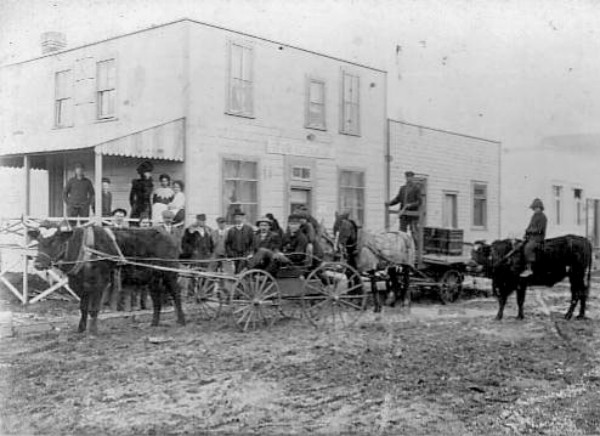
Along one isolated stretch of railroad, authorities ran out of ideas and started naming towns in alphabetical order. We didn’t pass through the Alphabet Line on our way to Candle Lake today, but Kevin and Jayne did.
Atwater, Bangor, Cana, (“D” and “E” towns are missing), Fenwood, Goodeve, Hubbard, Ituna, Jasmine, Kelliher, Leross, (“M”, “N”, and “O” are gone), Punnichy, Quinton, Raymore, Semans, Tate, (“U” is missing), Venn, Watrous, (no “X”), Young, and Zelma. The Alphabet Line starts over, with Allen, Bradwell, and Clavett, then peters out as it gets close to Saskatoon.
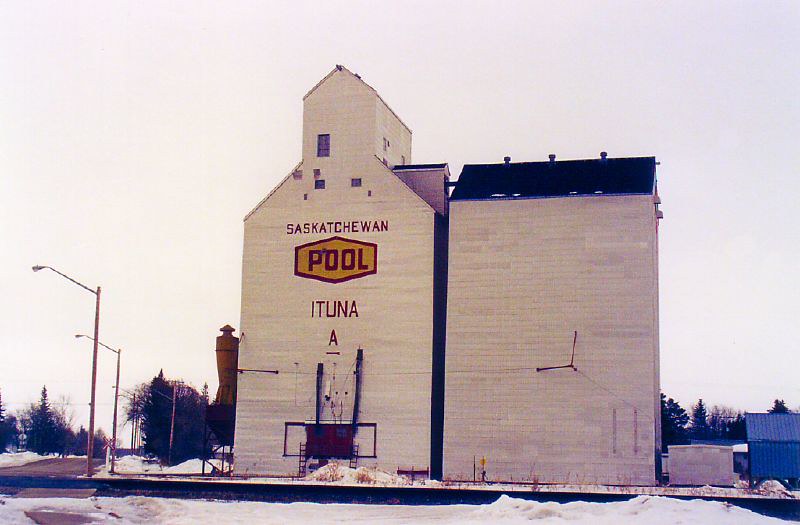
Our good friend Chris G. grew up near Ituna, on the Alphabet Line.
The almost-gone town of Tessier slipped by. As it did, it triggered an obscure recollection. My dearly departed friend Gary Hanson spent his summers in Tessier, visiting an uncle who owned a car dealership there.
Mann Motors is long gone; in fact, I didn’t see a single car in the almost-ghost town of Tessier.
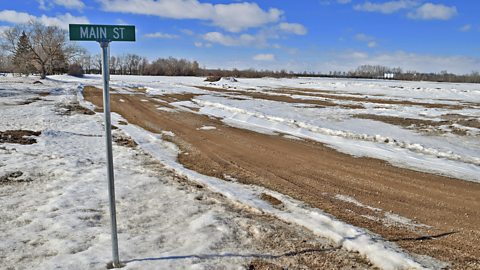
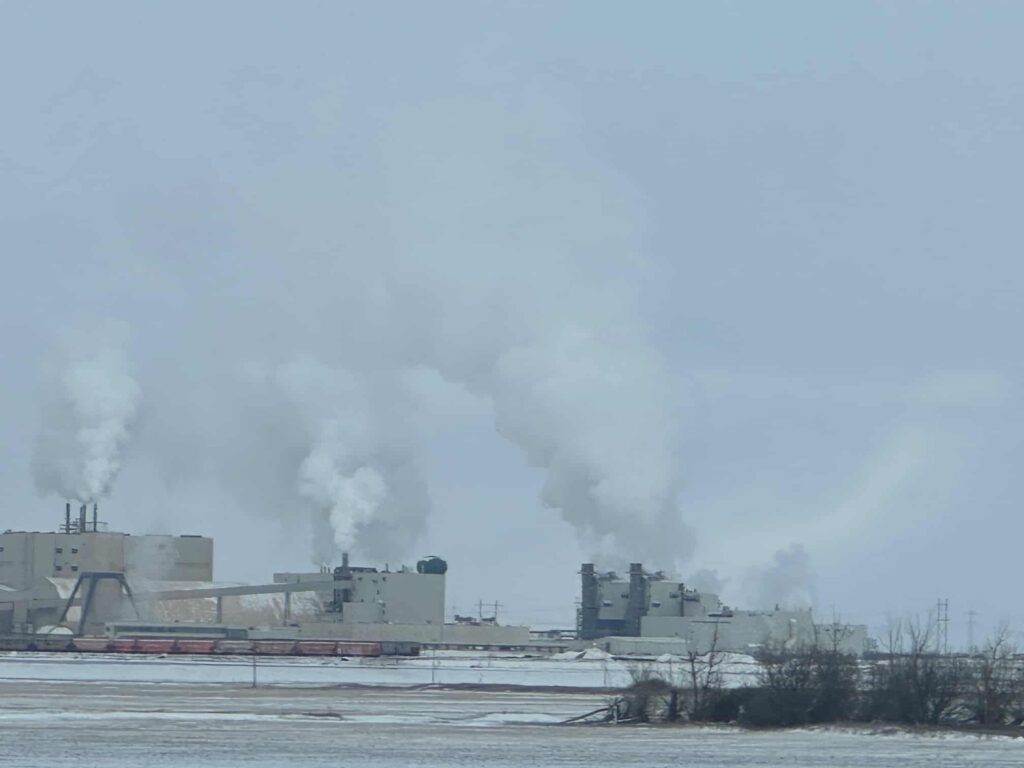
We passed through Vanscoy, where every resident of the town was smoking potash.
Saskatchewan produces abundant wheat, canola, and lentils, but in a fertile area south of Saskatoon the biggest cash crop is NHL hockey players.
The Bentley brothers came from Delisle, and Gordy Howe was born at Floral, just a few of the dozens of professional hockey players who sprang from the ground around here.
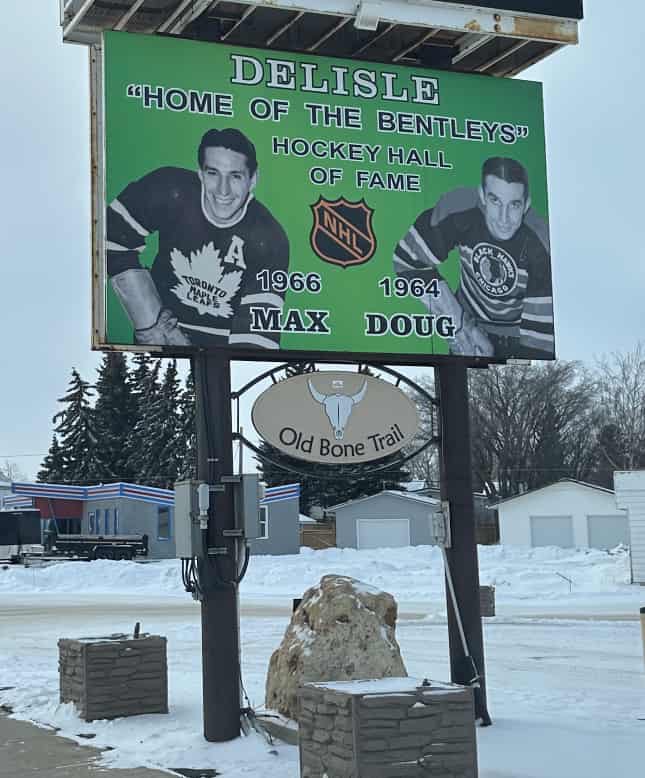
Girl in Saskatoon
The saddest story we encountered along the route happened in Saskatoon.
In 1960, Johnny Cash wrote a love song, Girl in Saskatoon. In the song, Cash pursues his love from Hudson’s Bay to Saskatoon, on foot, in winter. He reaches his destination after much hardship, finds her, and marries the girl of his dreams.
“What’s sad about that?”, you ask.
The song isn’t sad, but the story takes a broken-hearted turn in real life.
Johnny Cash performed the song in Saskatoon in the summer of 1961. Cash singled out a pretty young lady from the audience, Alexandra Wiwcharuk, and sang Girl in Saskatoon directly to her.
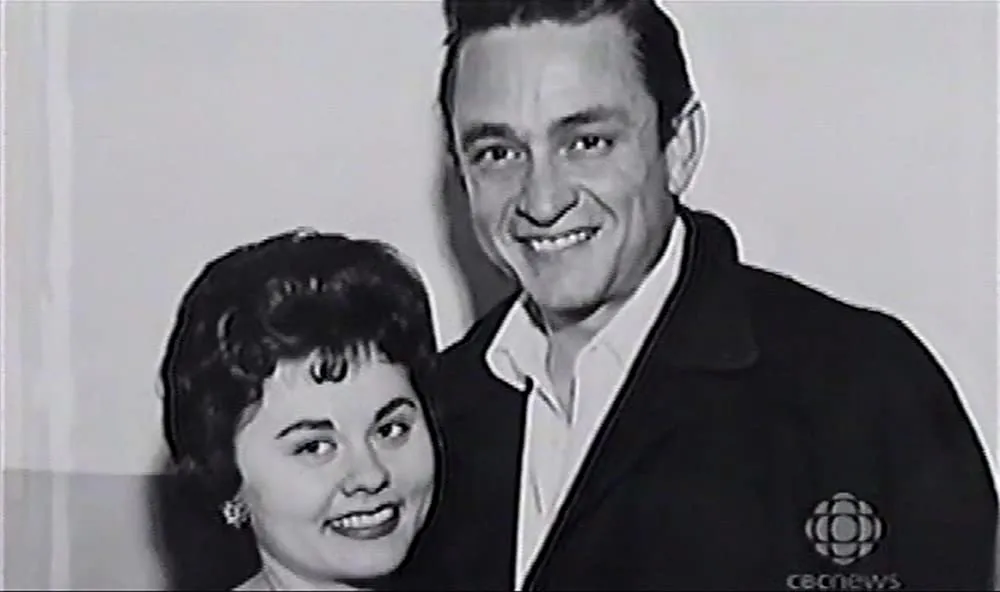
The encounter led Wiwcharuk to local fame, and a photo op with the famous Johnny Cash.
Several months later, on her way to a nursing job at City Hospital, Wiwcharuk disappeared. Her body was discovered 13 days later, raped, beaten, murdered, and buried in a shallow grave.
Sixty plus years have passed and Alexandra Wiwcharuk’s murderer has never been found.
It cannot be determined if the publicity gained through her encounter with Cash was consequential in her stalking and murder, but Johnny Cash never again sang, ….
… Girl in Saskatoon.
I hesitate to put a link in here, listening to Girl in Saskatoon makes me sad.
We picked up my sister Val in Saskatoon; she was riding shotgun as we rolled through the northern gateway city of Prince Albert. PA has the dubious honour of being on the Top Five Most Dangerous Cities in Canada list, with an over-the-moon crime rate, and gang-related violence running rampant.
We didn’t waste much time in PA.
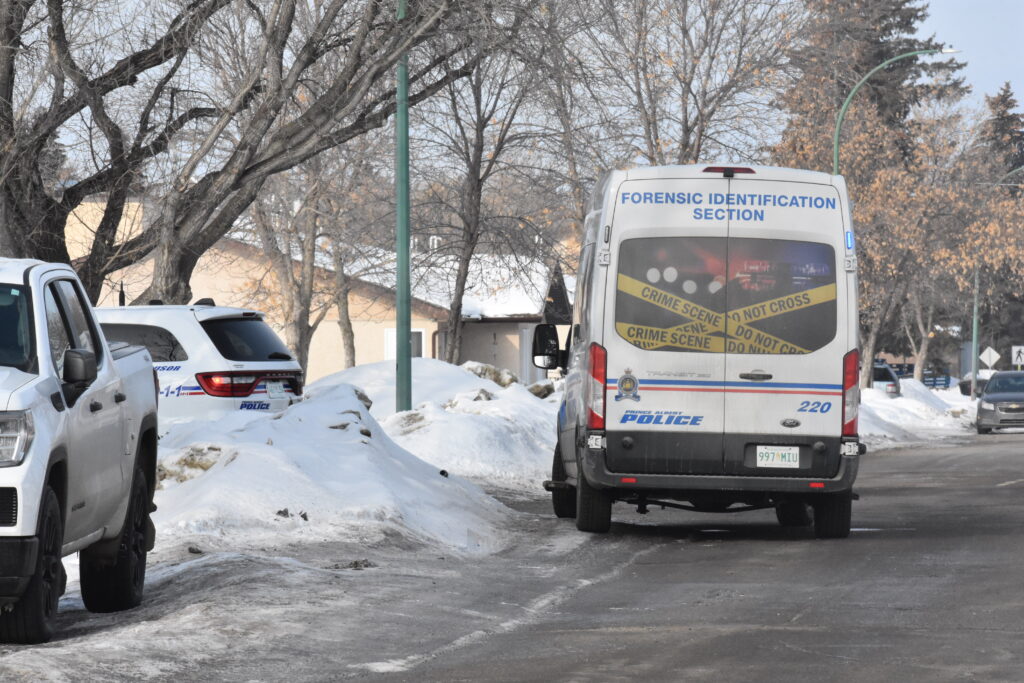
Once we crossed the North Saskatchewan River, open prairie turned to boreal forest. In fact, it was like somebody flipped a switch. Wide open spaces, with a few poplar trees dotted here and there, were replaced by a dense forest of spruce trees on the north side of the river.
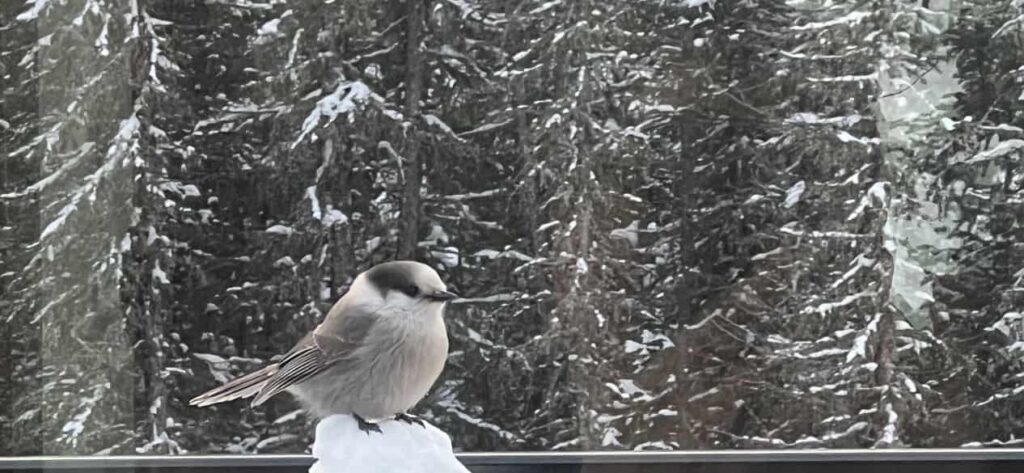
The critters changed too. We saw more Whiskey Jacks north of PA.
The Cree people named Candle Lake after mysterious glimmering lights that sometimes appear at the north end of the lake, where several indigenous graves are located. We never saw any lights during our stay, but we intend to come back in the summer to look for them.
I won’t go into detail about our family gathering, it can be summed up in four words …
Eat, Laugh, Hike, Repeat.
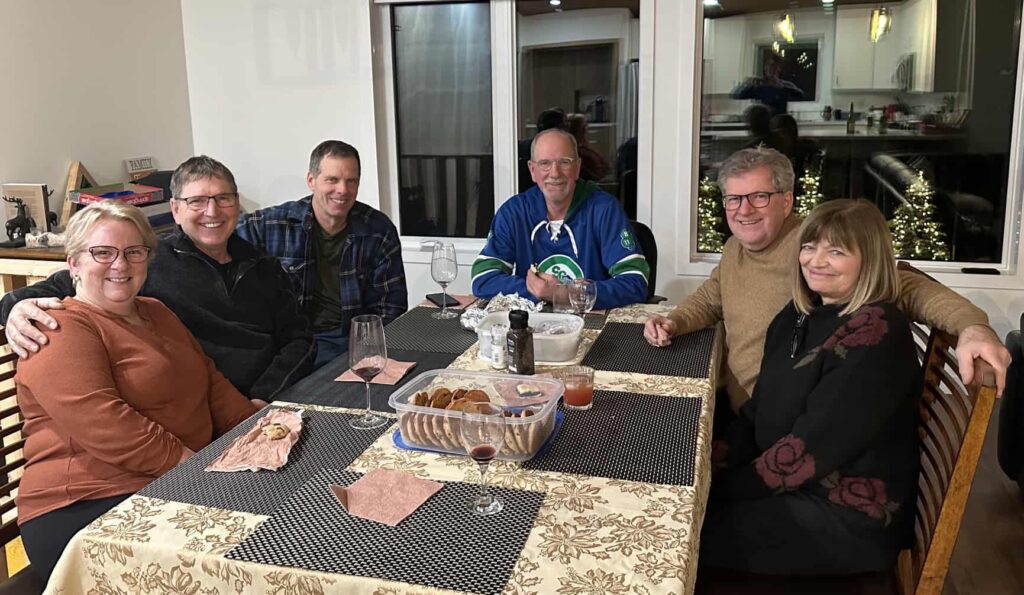
There is something about living in a broad expanse of space. Our relative insignificance is brought into perspective by the infinite nature of our surroundings.
When my siblings and I meet like this, we pack our shortcomings with us, that way we all have something to talk about when we are apart. For example, one of us is an unabashed Know-it-All (I know this because I know it all, and I know it).
I won’t get into the other’s shortcomings in this public forum, but because we live on the Prairies, we all know who and what we are. It’s …
… What Makes Us Tick.
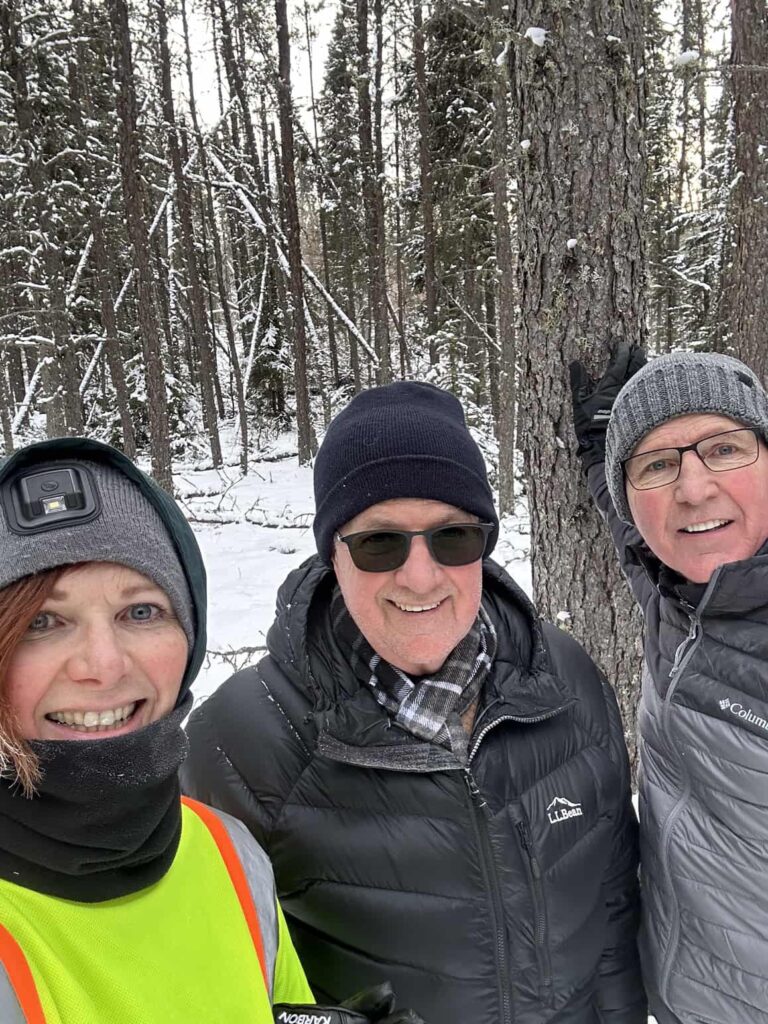
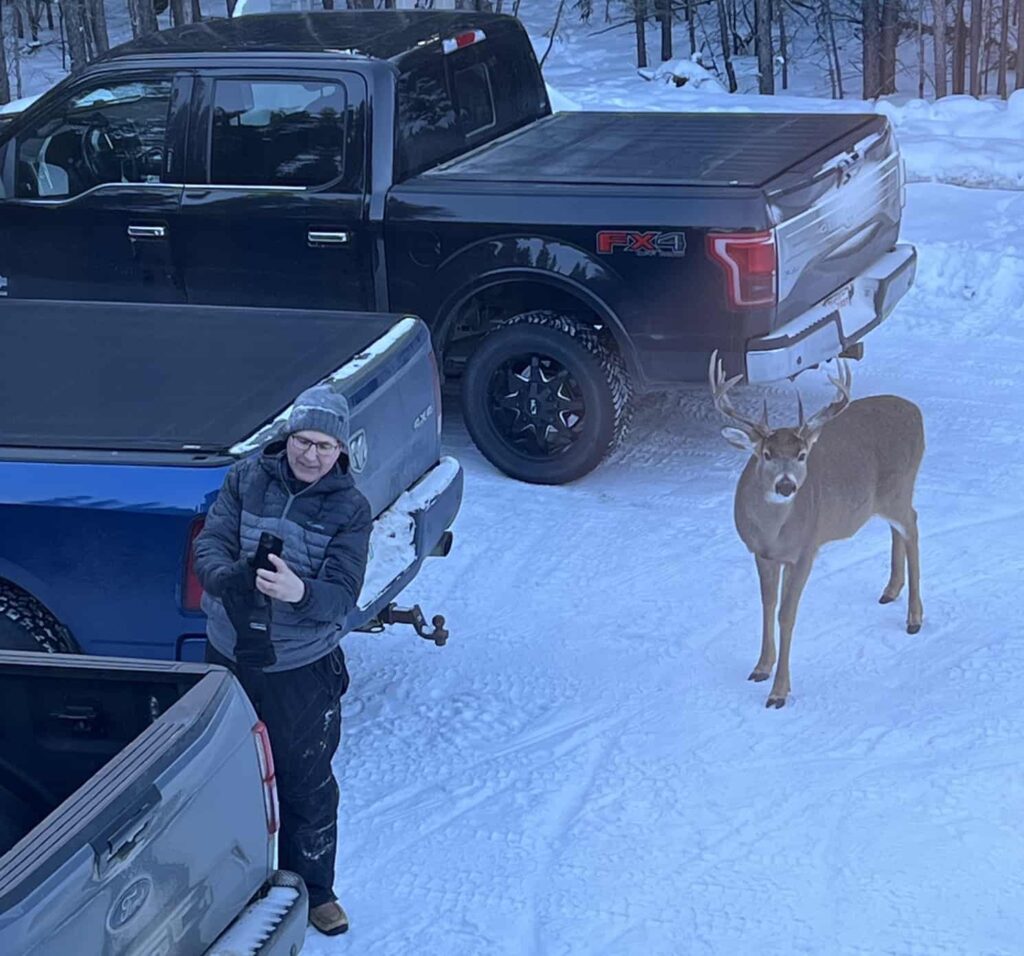
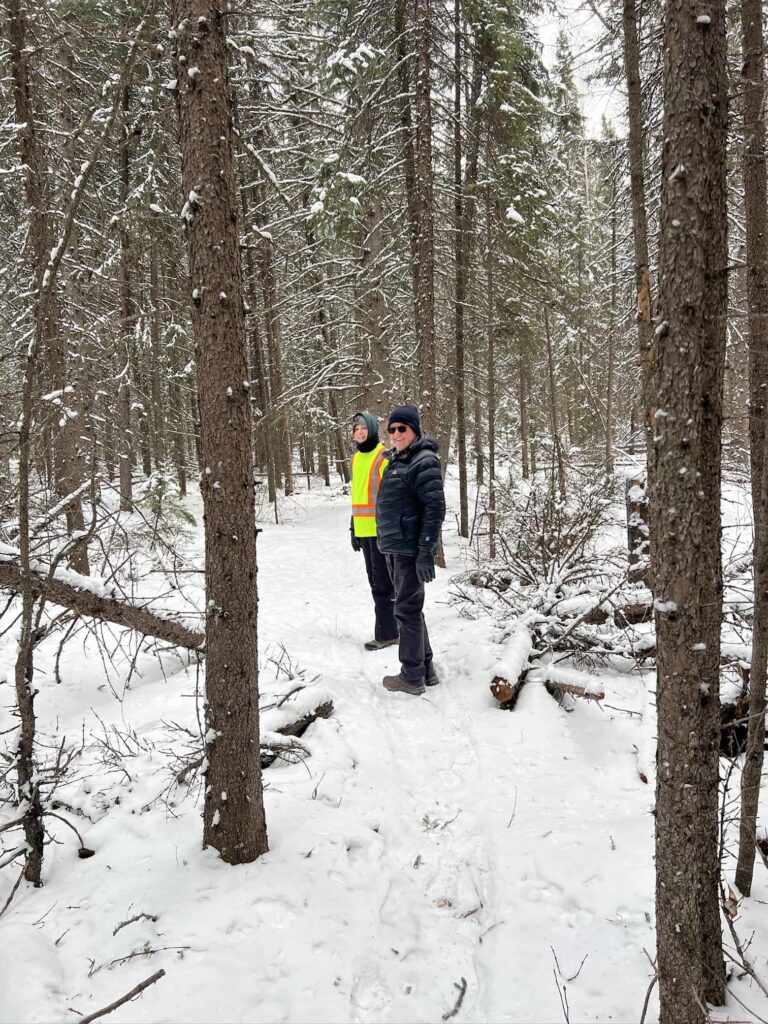
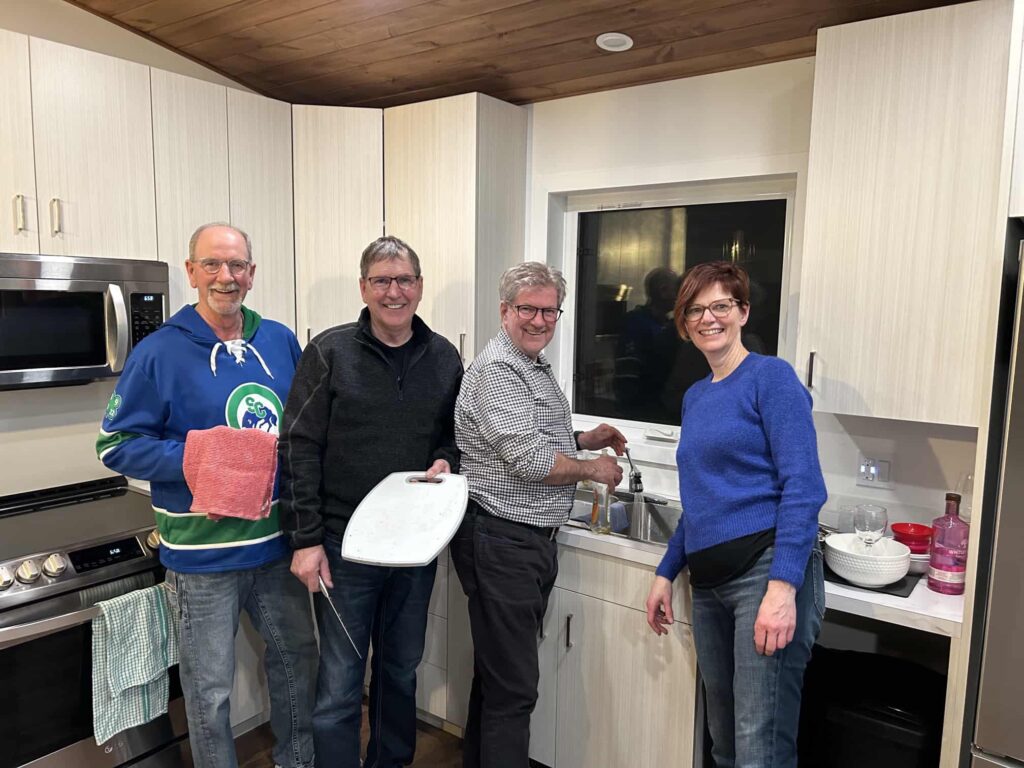


Chris Guest
I loved the story Russ. I always thought Ituna was a cool name for a town. Most people ask me to repeat it a second time when the hear where I’m from. Not a common name.
Russ Paton
I wonder where the name came from? 🤩
Helle Bro Bekker
Thank you for the ride through a part of Canada 🙂 Enjoyed Booth the story and the ride 🙂
Russ Paton
Thanks Helle. Please come for a personal tour one day. 🤠
Terri Alix
Great story, Russ! Love the facts, fun and insights in your writing.
Russ Paton
Thanks Terri, I really should put a disclaimer in each one, there is often a lot of poetic license (aka “lies”) in my posts. 😁
Val
We all know who the “bossy” one is! What a lucky family we are. Thanks for the great read Russ.
Russ Paton
Indeed! On both counts. 😂
Rhonda
Great story, Russ!! Enjoyed following along.
Russ Paton
Thanks Rhonda. There is a lot of wide open space out there.